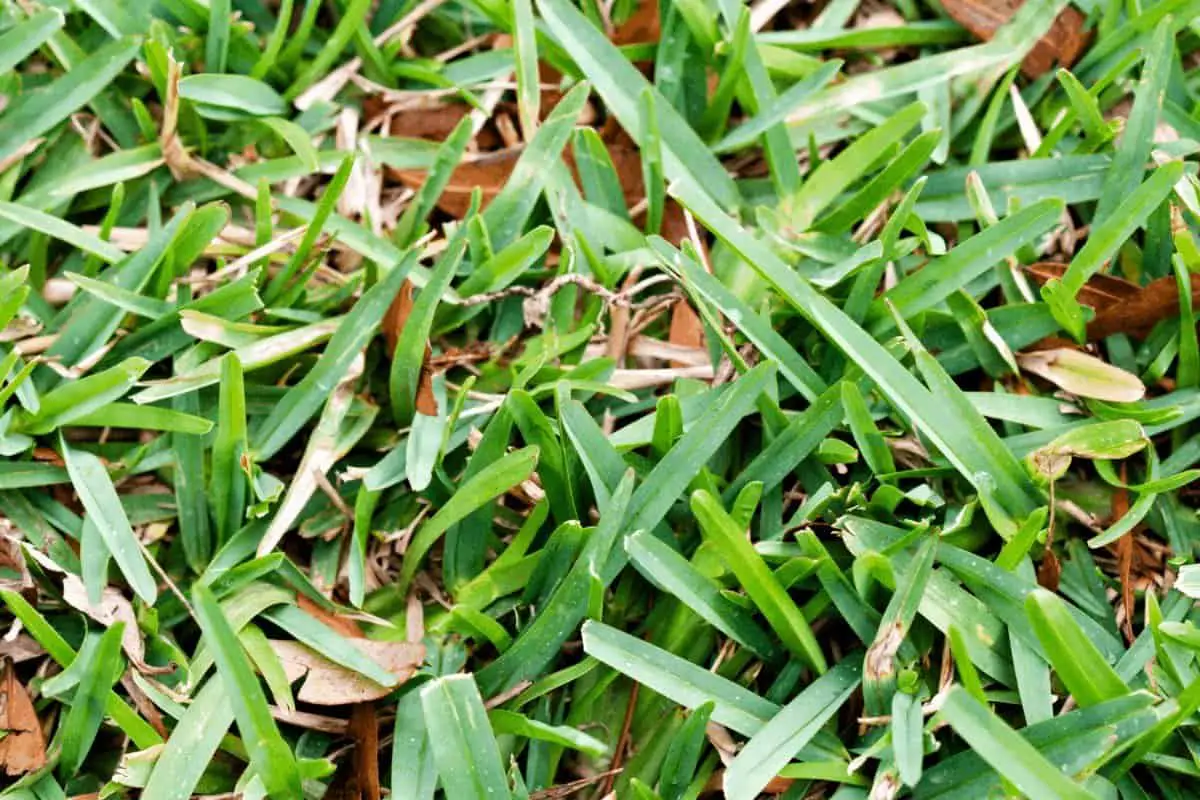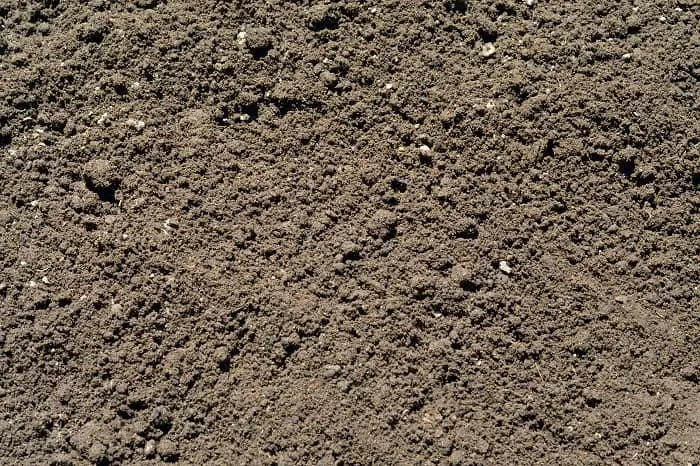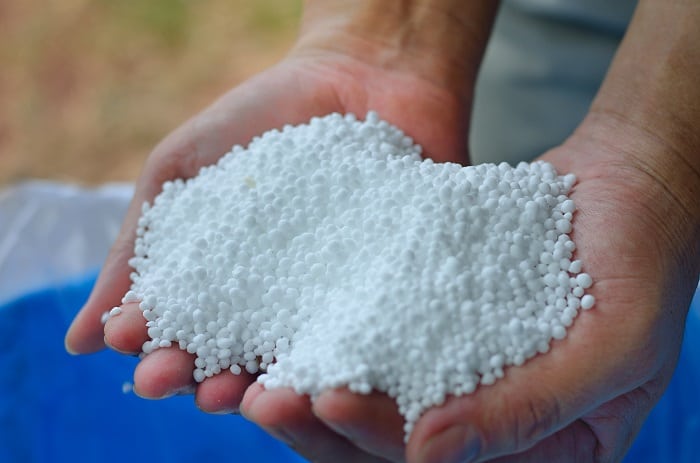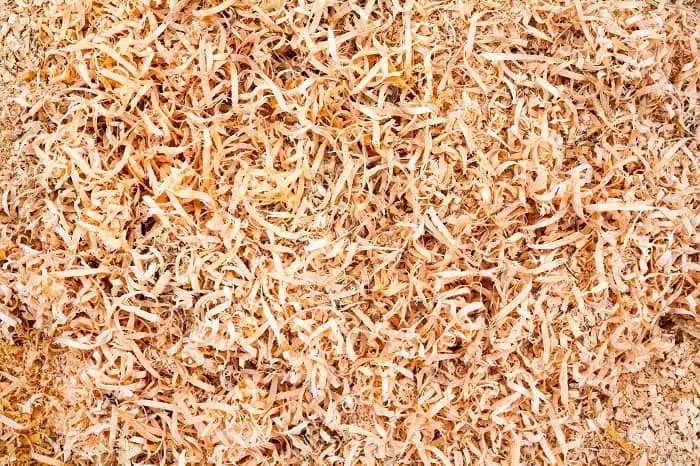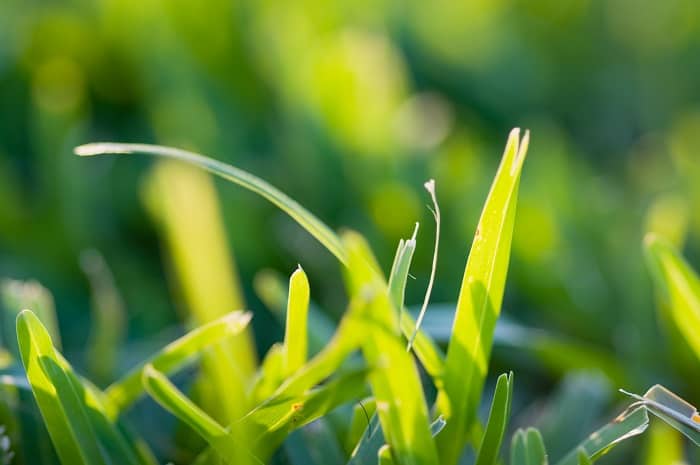Last Updated on December 24, 2022 by Tony Manhart
Anyone who has tried to find the right fertilizer for their lawn soon realizes there is not one universal grass. Instead, there are dozens – if not hundreds – of varieties that each require their own unique care. While some grass types can be self-explanatory, others require more personalized attention to remain healthy and strong.
For individuals who live in tropic or subtropic climates, the most common type of grass is St. Augustine. This variety is dark green with broad, flat blades. Many owners describe it as rich and luxurious, especially when properly hydrated and maintained. It often grows in distinct patterns called runners, which is where tufts of grass are connected in horizontal patterns that produce unique patterns.
Because it is unique, St. Augustine grass requires special fertilizers to stay healthy and grow without complications. You might be asking yourself: What is the best fertilizer for your St. Augustine grass? How should I fertilize my yard so it stays its best during the summer? Why does St. Augustine need a special fertilizer? We have found the answers for you.
The Best Fertilizer
St. Augustine grass does not like waterlogged soil or being exposed to cold temperatures. It prefers soluble topsoil with a healthy dose of salt and nitrogen, as well as plenty of room for the roots to spread.
While the salt isn’t necessary for growth, it means St. Augustine will develop and grow in areas where other varieties won’t. For example, St. Augustine grass is known for spreading along beaches and even close to arid desert regions. Even if you forgo the salt, the nitrogen is essential for keeping this variety healthy.
The best fertilizer for St. Augustine grass contains a nutrient ratio of 3-1-2 of nitrogen, phosphorus, and potassium. This ratio might sometimes appear on fertilizers in different compositions, such as 15-5-10. There needs to be about one pound of nitrogen per 1,000 sq. ft., so the nitrogen layer should be quite dense. Remember to measure your yard before applying fertilizers for the best results.
Besides the extra nitrogen and low phosphorus, St. Augustine grass is meant to be hardy and resistant to the elements, so it doesn’t need more attention. The important thing to do is to actually check the chemical ratios on any brand of fertilizer to ensure you buy the right one. Most major suppliers will include notes on their packaging that say the product is not meant for St. Augustine and similar brands.
If you do find the right fertilizer, remember to apply it evenly and don’t over concentrate the formula. This can lead to damage or smothered sod. The grass should be watered after the fertilizer has been added, but don’t overdo it. Use enough water that the soil is damp but not soaked since St. Augustine grass and similar tropical varieties don’t need a ton of liquid.
However, if your St. Augustine grass is turning brown or is getting hard, don’t be afraid to water it. These are the signs of poor nutrition and hydration, and fertilizer might need to be applied again. Just don’t apply fertilizer more than once every 8 weeks.
Products with the Right Formula
There are a couple of current brands that produce formulas specifically designed for St. Augustine grass and similar tropic and subtropic varieties. Some of the most popular include Scotts Turf Builder Lawn Food, Simple Lawn Solutions Commercial Grade Lawn Energizer, and Lesco Professional Turf Builder.
These options all follow the basic 3-1-2 ratio and are designed to boost nitrogen while limiting phosphorus. Many of them also contain some anti-pest ingredients to help prevent infestations of white grubs, which eat through St. Augustine grass-like kids with candy.
The goal of these products is to provide enough of a base for St. Augustine grass to grow without needing special care or treatment. Since St. Augustine grass is grown from sod rather than loose seeds, remember to treat all areas equally. This will help prevent dead spots or unsightly regions on the lawn.
Homemade Options
Although they are not the most effective fertilizers, there are a couple of homemade options that will aid St. Augustine grass in becoming luxuriant and beautiful.
The most basic homemade options are spreading natural ingredients like sawdust and horse manure mixed with regular compost around the yard. Compost can be made by collecting the organic garbage from a home – think fruit and vegetable peels – and allowing them to decompose in the backyard. The result is nutrient-rich fertilizer.
Besides sawdust and horse manure, some recommended ingredients or additives for compost are eggshells, the aforementioned peels, grass clippings, leaf mold, and coffee grounds. Avoid mixing in meat or bones, as this tends to attract scavengers.
Homemade fertilizer can be spread across St. Augustine grass during the beginning of the growing season to help it become healthy, rich, and strong.
Why Is St. Augustine Grass Different?
St. Augustine grass is part of a subtype of this common plant that is meant to live in tropic, subtropic, and even some arid regions. It is common throughout the southern United States, Mexico, and some of the nations that surround the Mediterranean Sea. It requires little water and survives a long time during droughts, but needs to have a nutrient-rich soil to survive.
This emphasis on nutrient-rich soil over proper watering often sets St. Augustine grass apart. While it does still need to be watered on a regular basis, the grass needs nitrogen more than proper hydration. This is why it’s important to seek out a formula that includes the right amount of nutrition.
Conclusion
St. Augustine grass is beautiful and requires minimal care. The real trick is to be sure you apply the best fertilizer while also watering the right amount and paying attention for signs of pests. If you’re concerned that you’re not getting the right fertilizer for your lawn, sample one of the brands we identified above or consider making your own compost in the backyard to spread around.
Please feel free to comment if you have any questions, and remember:
- Pick a fertilizer with a 3-1-2 ratio of nitrogen, phosphorus, and potassium
- Spread it evenly
- Water the lawn once finished
FAQs
How do I make my St. Augustine grass thicker and greener?
The grass you grow in your garden is a popularly known as St. Augustine Grass, which is also referred to as the 'Santa Anna' grass. It has a thick green foliage that looks lovely during the summertime, but sometimes users are not satisfied with their St. Augustine Grass and wish to make it thicker and greener. You can use fertilizer or natural additives to make your St. Augustine Grass look lush and lush by watering it more often with cool water in spring time compared to warmer temperatures in summer time.
Is Epsom salt good for St. Augustine grass?
Some people believe that Epsom salt is good for St. Augustine grass because it helps with soil acidity, but not all experts agree on this.
Epsom salt is a popular nutrient for plants and gardeners that can help with soil acidity. There is no consensus on the question of whether traditional Epsom salts are safe to use on St. Augustine grass, though most experts recommend using a granular fertilizer instead of liquid fertilizer when possible.
Is lime good for St. Augustine grass?
Lime is good for St. Augustine grass because it grows well in an acidic soil and lime gives the soil a pH of 6.5 to 7.0 which is ideal for St. Augustine grass.
How do you bring back a dead St Augustine grass?
It is quite hard to bring back a dead St Augustine grass, but it is not impossible. There are some steps that you need to follow in order to bring back the grass. The first step would be to remove the dead grass from the soil and replace it with fresh soil. After that, you will need to plant healthy new grass.
Is Scotts Turf Builder good for St. Augustine grass?
Scotts Turf Builder is a good product to use for planting St. Augustine grass. It has been used by gardeners and homeowners who have noticed that it helps their lawn survive and thrive in both warmer and colder climates.
St. Augustine, also known as Florida Cracker Grass, is one of the most widely-used turf grasses in the United States. It is relatively easy to grow because it can handle a wide range of temperatures unlike other varieties of turf grasses. This makes it suitable for both warm and cold climates.
What month Should I fertilize St Augustine grass?
St Augustine grass, an annual warm-season grass, is the most common lawn in North America. It grows best in full sun to light shade.
St. Augustine grass needs to be fertilized each month in order to get the best performance from the lawn. But you have to know what month you should fertilize it in order to get the best result.St. Augustine grass needs fertilizer for three reasons:
- The first reason is that it helps the lawn stay green and healthy- especially during periods where there is less sunlight, like during winter months.
- The second reason is that it helps produce a dense, rich turf, which will make your lawn look beautiful and stay healthy during the whole season.
- The third reason is that it helps prevent potential diseases on your lawn such as brown patches or patches of dead grass needles and patches of white mold on your turf.
It typically takes 8-10 weeks for the plant to become established and mature. You should fertilize it when you see green growth and the plants have reached at least 4 inches tall.
Tony Manhart is a passionate gardener who has been tending to gardens for over 20 years. He takes pride in creating beautiful outdoor spaces with plants, trees, and shrubs that can thrive in any environment. He loves to share his knowledge with others and has taught classes on gardening basics and advanced techniques. He is committed to sustainability, using natural and organic methods to create and maintain gardens. He also works with local organizations to create green spaces for communities. When he’s not gardening, Tony enjoys hiking, reading, and spending time with his family.

